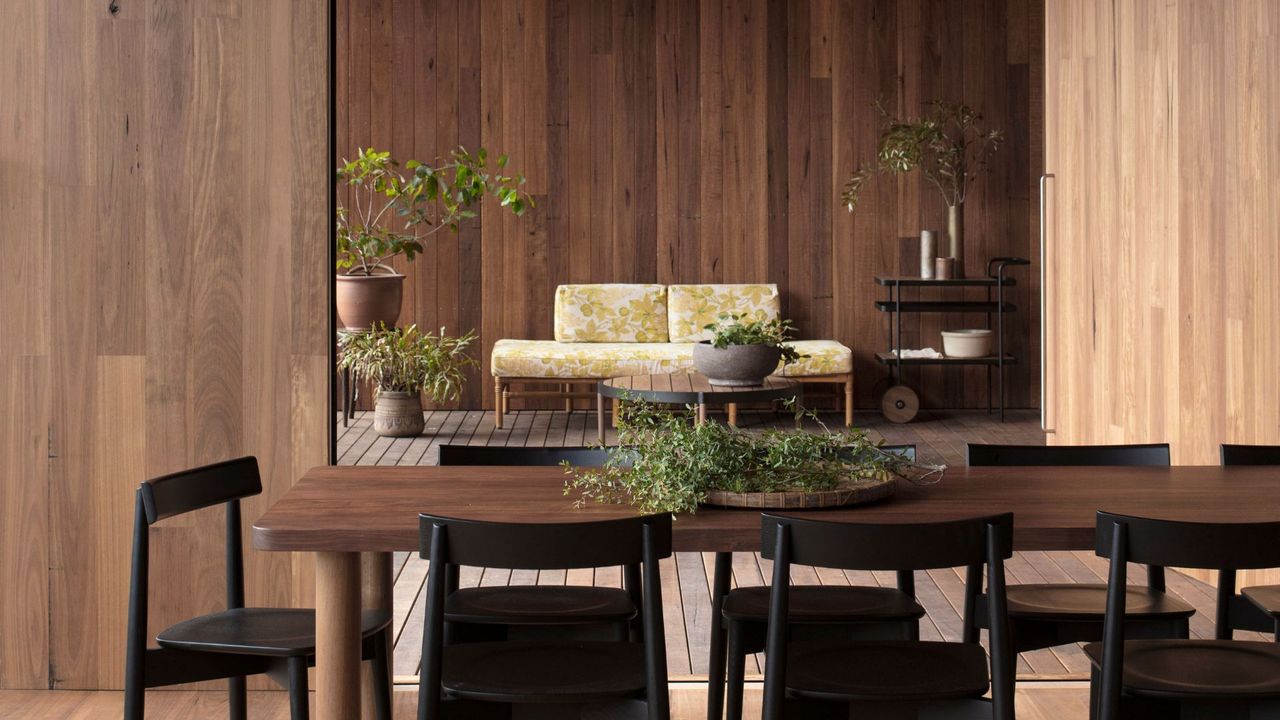
Vacation season is in full swing. With your tickets booked, bags packed, and your pets at the sitters, there's one thing left to prepare before you jet set. And that is your indoor garden.
It can be stressful leaving your plants on holiday, especially if you've painstakingly managed to grow, feed, and water your houseplants on a routine. So instead of stressing while you're away over losing your collection of houseplants to dehydration, try slow watering.
This concept of consistent delayed hydration keeps your plants watered, and all it takes are a couple of DIY systems to help out. Now, let's explore five slow watering techniques experts swear by.
1. DIY Wicking System
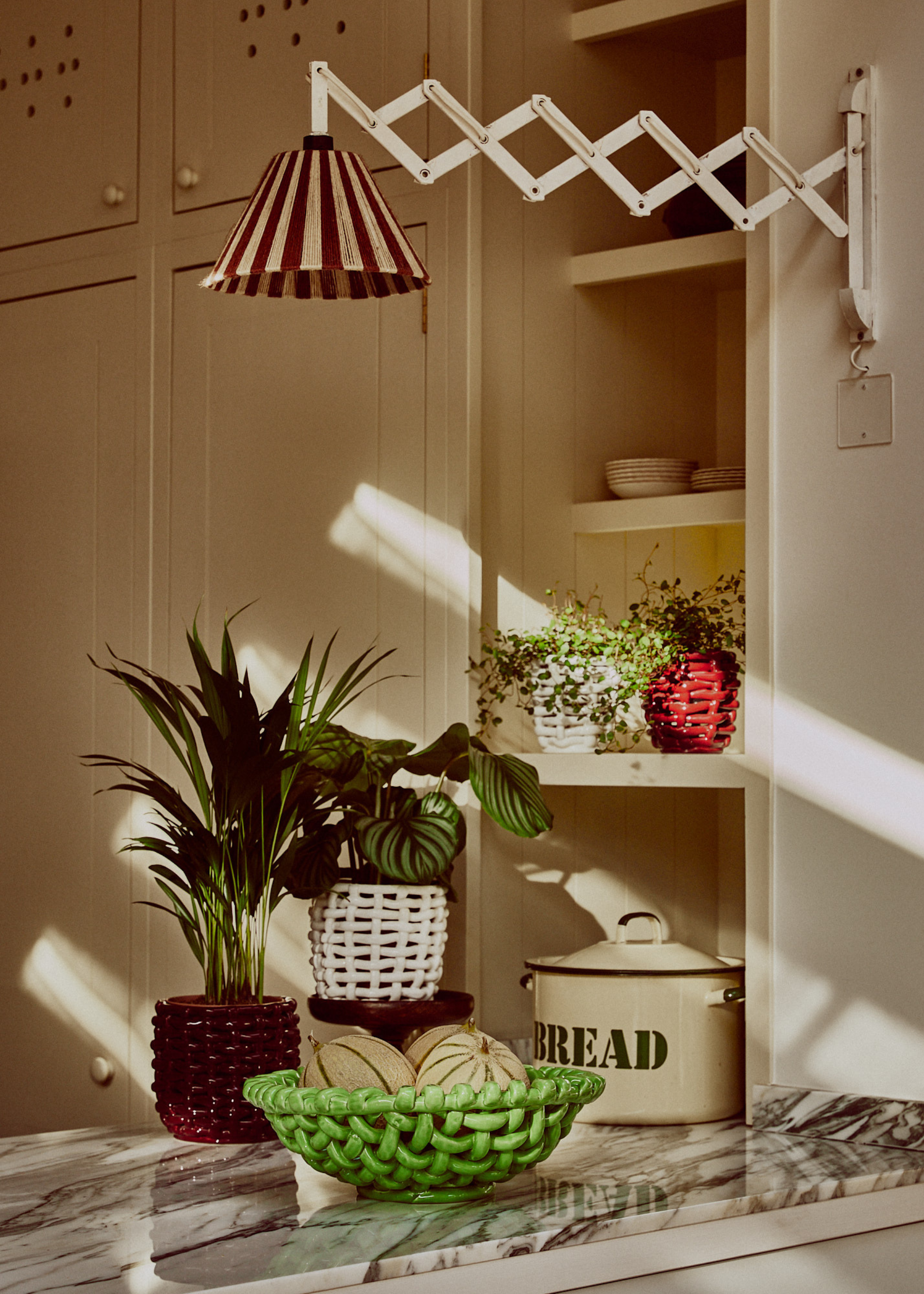
Anup Mutalik, founder of Houseplants Nook, tells me that a DIY wicking system is a great idea for grouped plant hydration. For this DIY self-watering rope technique, you'll need a cotton rope like this Self-Watering Capillary Wick from Amazon, and a deep container for a water source like this Clear Glass Vase from H&M.
"First, place a large jar or bucket of water near your plants. Then use a cotton clothesline or thick cotton string as a wick," he recommends.
"One end goes into the water container, and the other end is buried two to three inches deep in the plant’s soil. The wick slowly transfers water, exactly what the plant needs, especially ideal for plants in porous pots!"
2. Bottom-Watering Bathtub
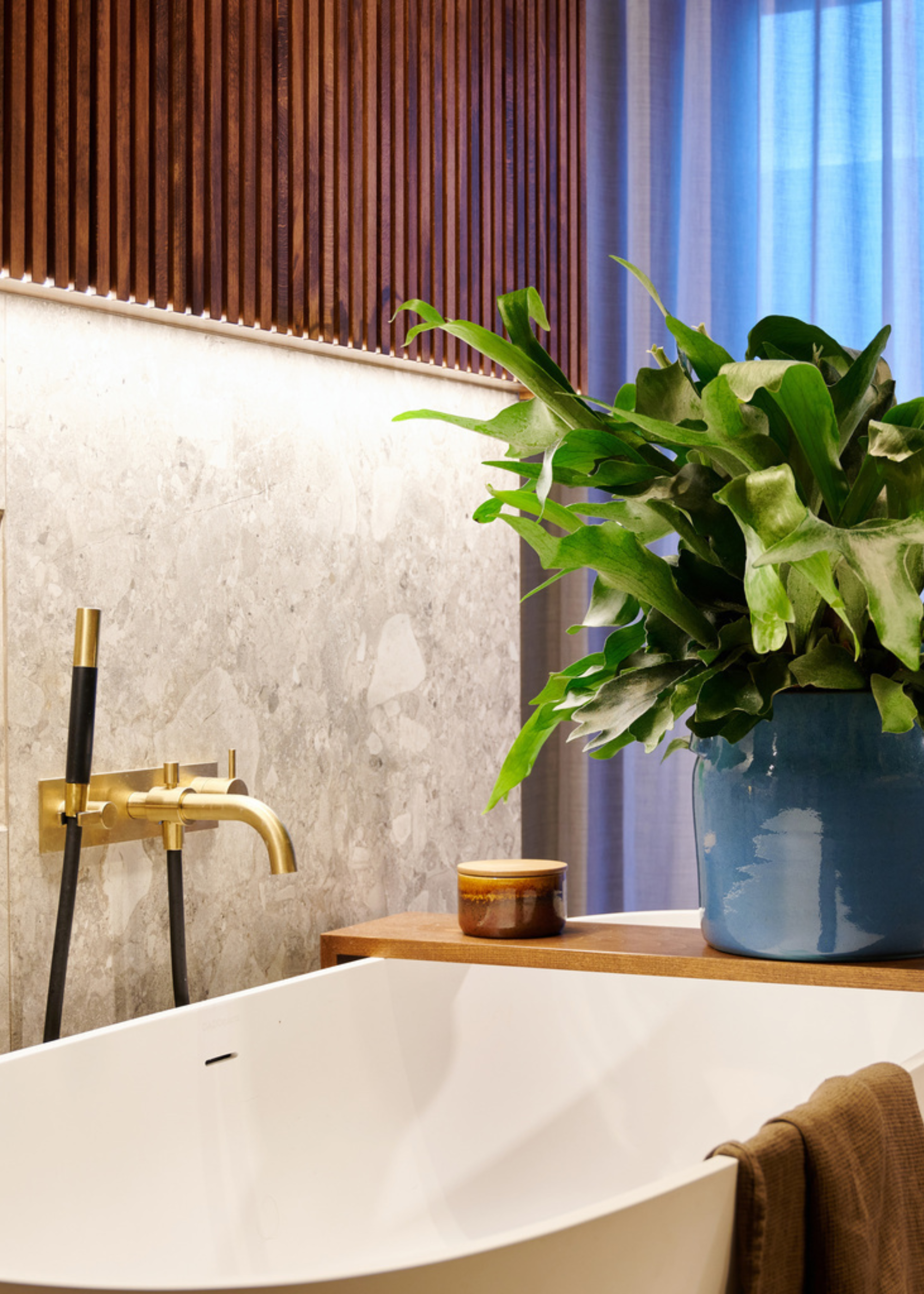
Next, there's the bottom watering method. This trick for watering houseplants is Bobby Berk approved and is widely used by indoor gardening experts everywhere. Bonus? Anup explains that it's super easy to do.
"Place your plants with drainage holes into your bathtub or sink. Add one to two inches of water, which is just enough to cover the bottom but not the entire pot. Leave the plants to soak for up to 24 hours before you leave," he says.
"This saturates the root ball deeply and can keep some plants hydrated for up to three weeks, especially during winter. We do this for plants such as snake plant, pothos, Tradescantia, and then keep them in a well-lit spot and ensuring the curtains are always drawn out when we leave for vacation."
3. Protective Plant Topper
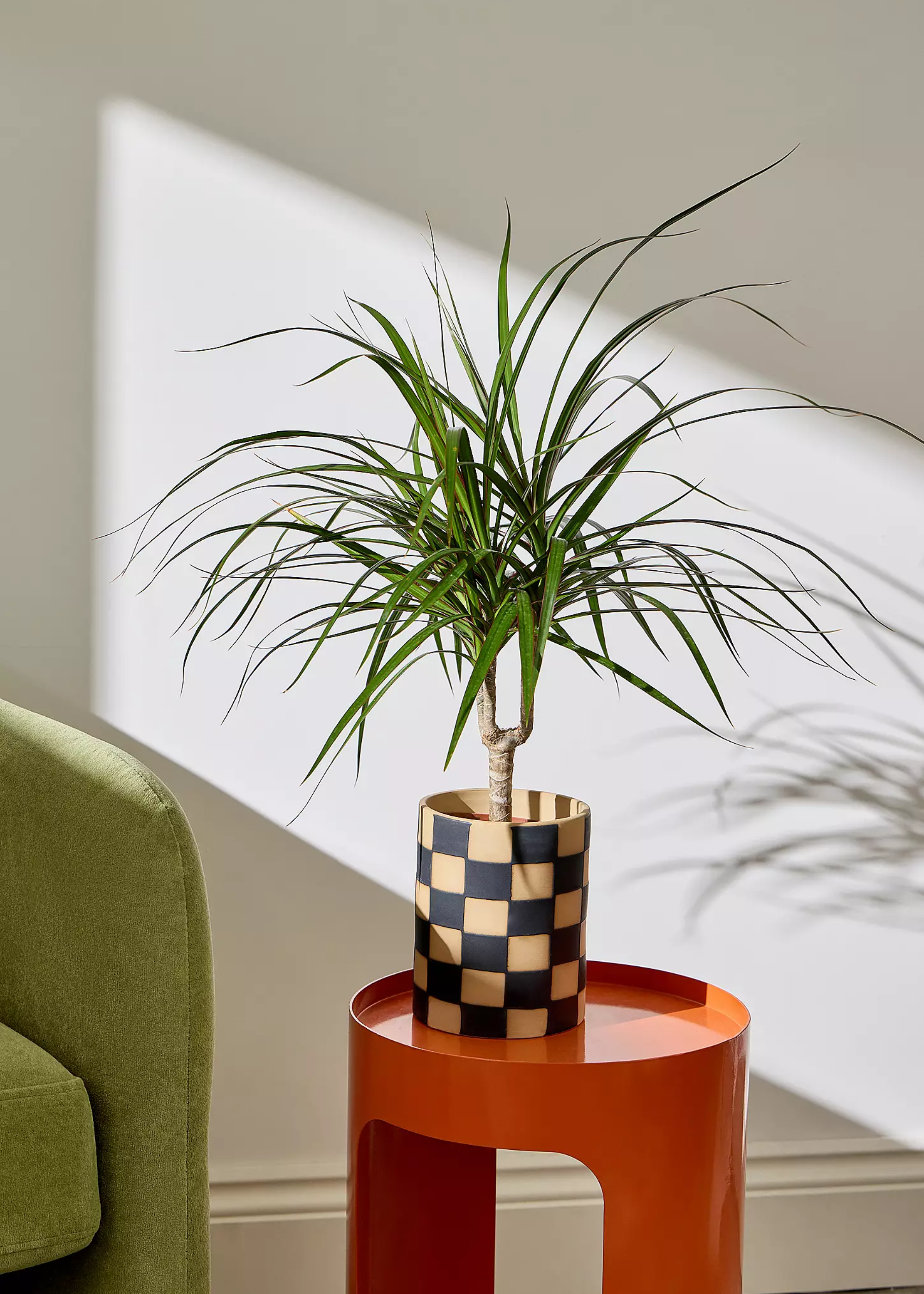
Depending on the season, the question of how often you should water your houseplants finds a different answer. But if you're leaving your plants on holiday during the spring or the summer, chances are your plants will need a touch of extra help.
"After watering your indoor garden deeply, you can add a thick one to two-inch layer of sphagnum moss, bark chips, or small pebbles to the top of the soil," says Anup. I recommend this Sphagnum Moss for Plants from Amazon. You can also use this Dorman & Walsh Premium Wood Chips, or these Decorative Pebbles from Amazon.
"This layer on top of your plants will slow surface evaporation and works best as an additional layer over other methods. And when properly set up, your plants will be good for at least two to three weeks."
4. Slow-Drip Bottle Technique
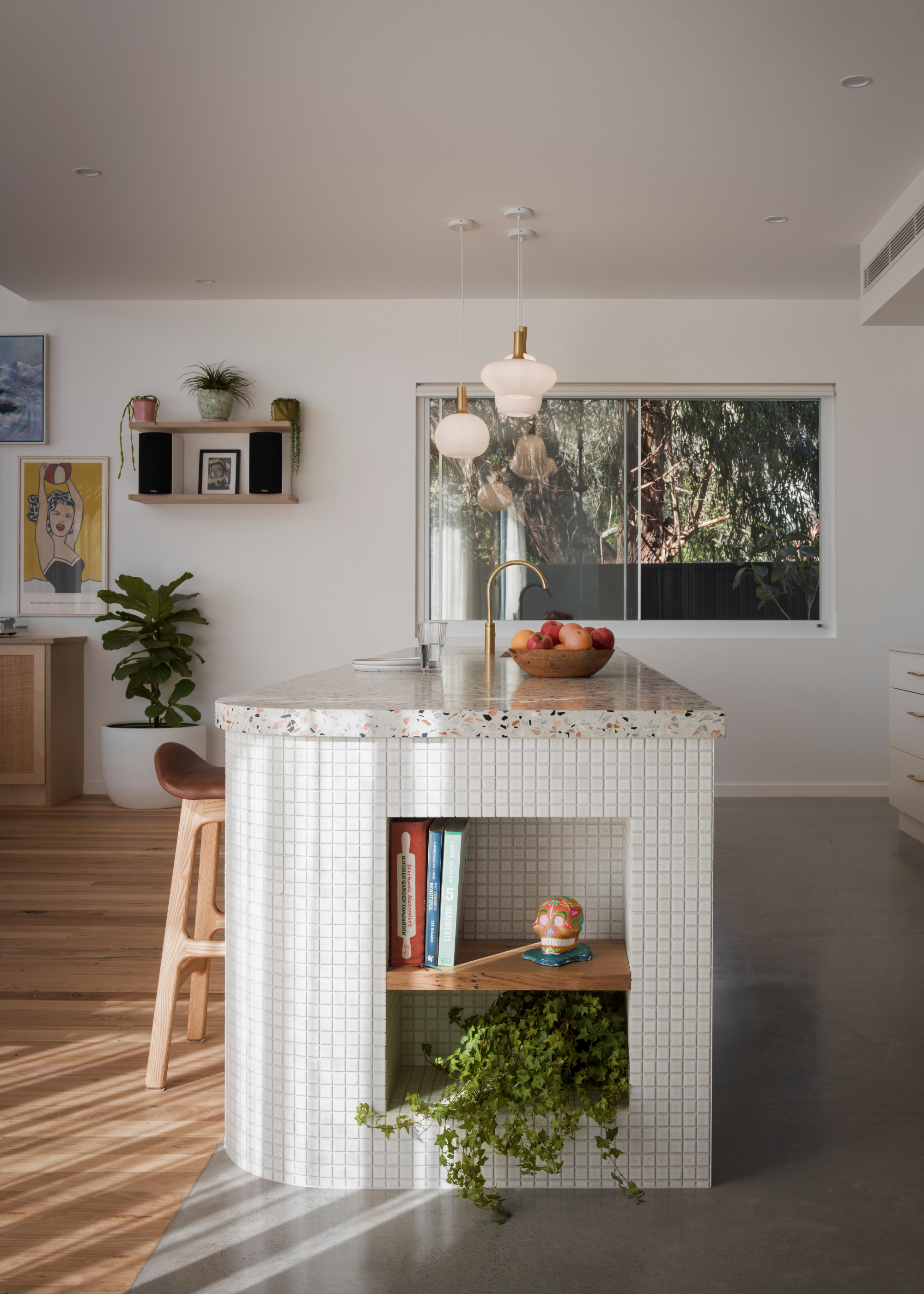
Angalena Malavenda, plant expert at Palmstreet, tells me that a drift system is another slow-watering technique that will take over plant care on vacation. As far as gardening hacks go, this water bottle drip irrigation system is definitely worth a try.
"Start with a clean and empty plastic bottle. For a small to medium container, a water bottle will work just fine. Drill several drainage holes into the bottle close to the top. Before you head out on vacation, water your plant as normal," she says.
"Fill the plastic bottle with water, and then quickly turn it over and plunge it into the first few inches of soil in the pot. Make sure the bottle is not too close to your plant and that the bottle is deep enough that the soil covers the holes. The water will slowly leak out of the bottle as the soil dries out."
5. Plastic Bag Greenhouse
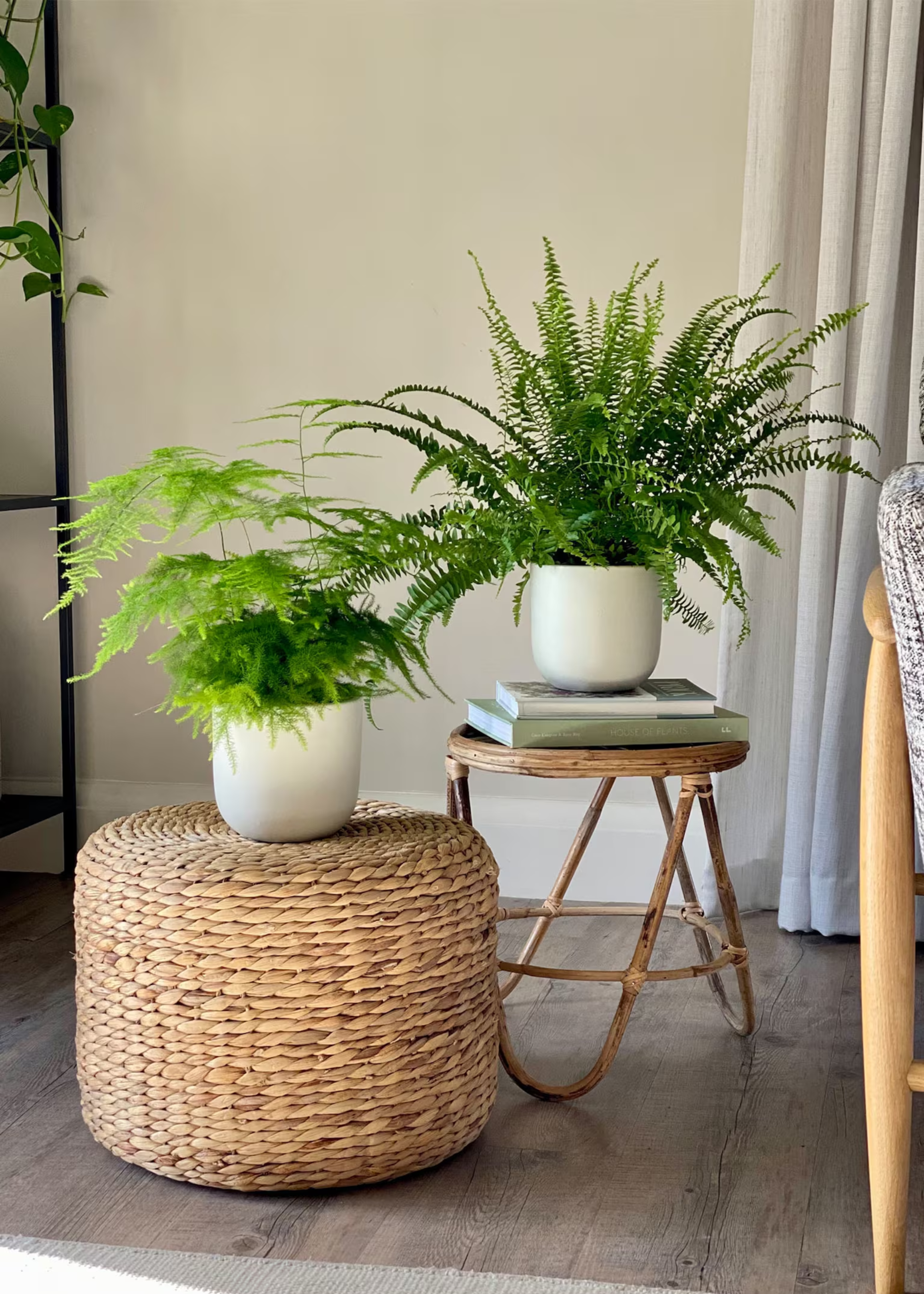
Angalena tells me that you can also turn a simple plastic bag into a makeshift greenhouse. Although not exactly a slow watering system in and of itself, this DIY will facilitate a delayed intake of water to keep your garden quenched for long.
"Get a clear plastic bag big enough to cover your plant and its pot. Add stakes to the pot to prevent the bag from clinging to the plants. Water your plants as normal, being sure not to overly saturate them," she notes.
"Place the plant into the bag, pulling the bag up and around your plant. Blow a bit of air into the bag before you seal it to help the bag balloon around your plant."
Watering Accessories
Color: Amber Blue
I'm in love with these darling Flora Self-Waterers by Hübsch Interior. And while they look good, they care for your plants, too.
Finish: Stone
Skip the slow-watering worries by repotting your houseplants into self-watering planters like this Sip Plant Pot.
Color: Green
Pepin's Terracotta Ollas will slowly quench your houseplants and keep on top of your houseplant care schedule in one go.
FAQs
Can You Overwater Through Bottom Watering?
"Yes, you can overwater your interior garden through bottom watering. However, it's less likely than with traditional top watering," says Angalena. "The reason for this is soil saturation. When you leave your plants soaking for too long, the soil can become oversaturated."
So, if you do use this technique while on vacation, it's best to pair this method with plants that require large amounts of water. And avoid houseplants that tend to drown easily.
And if you want to ditch the slow watering techniques and go right to the source, then you can try repotting your plants in self-watering planters. A green thumb essential!







